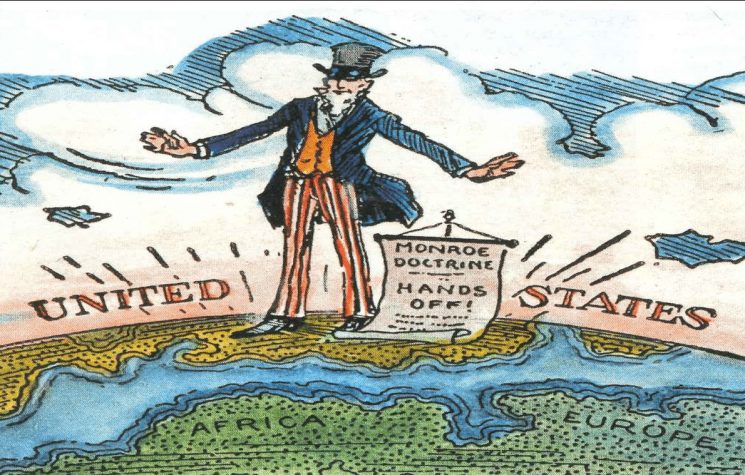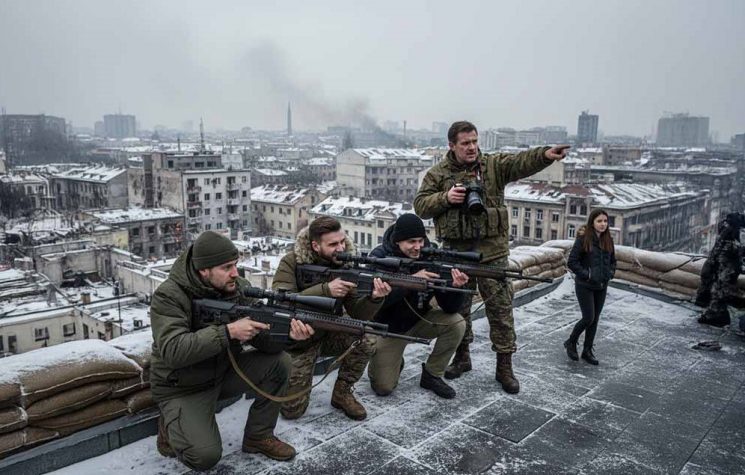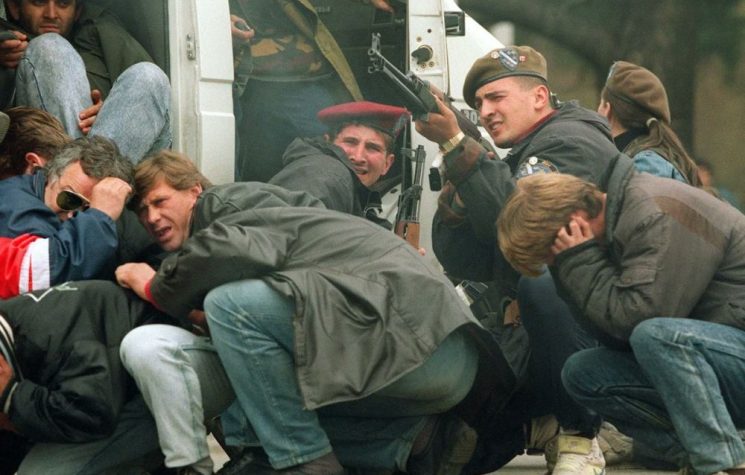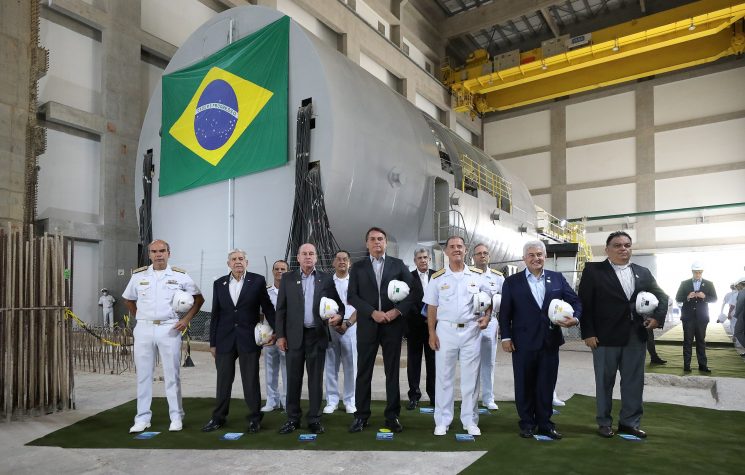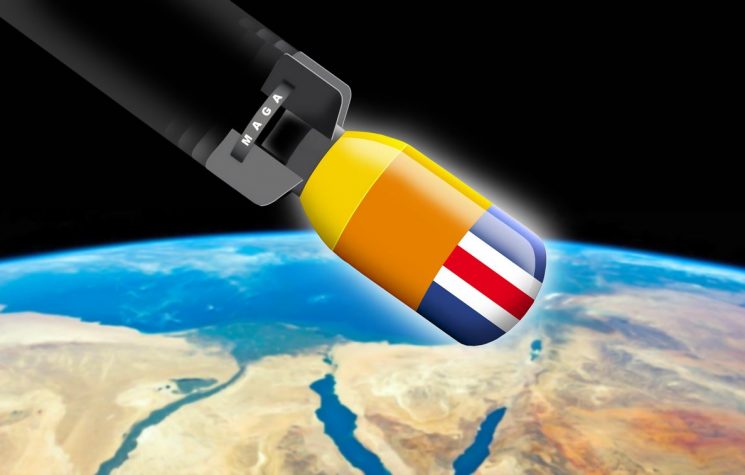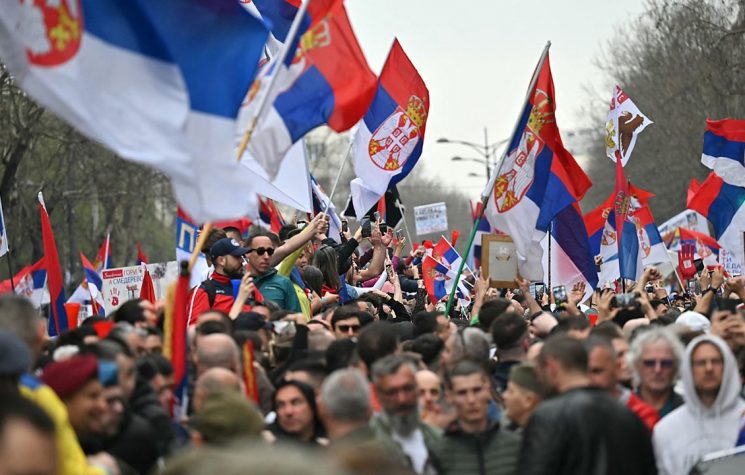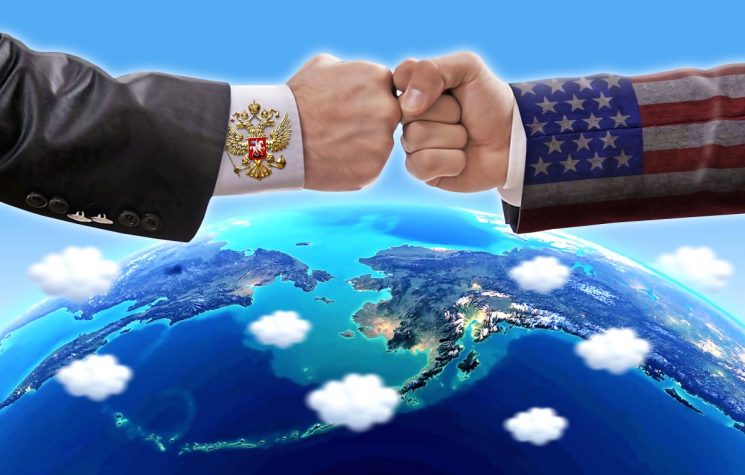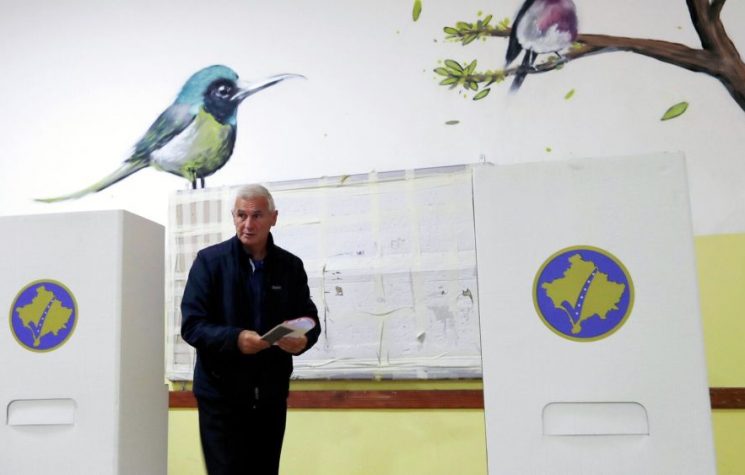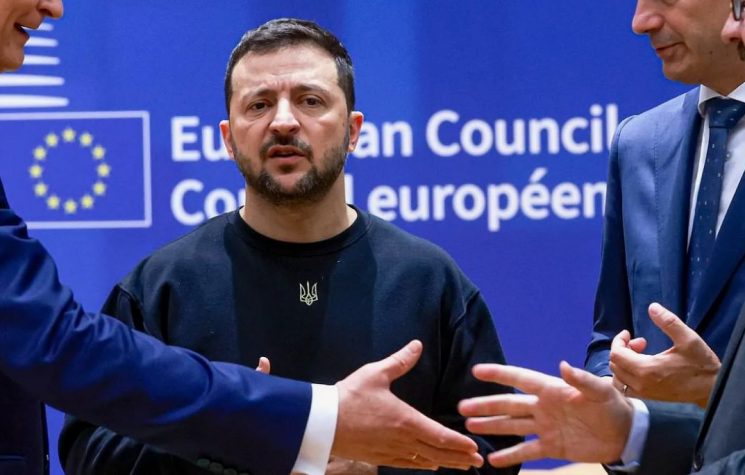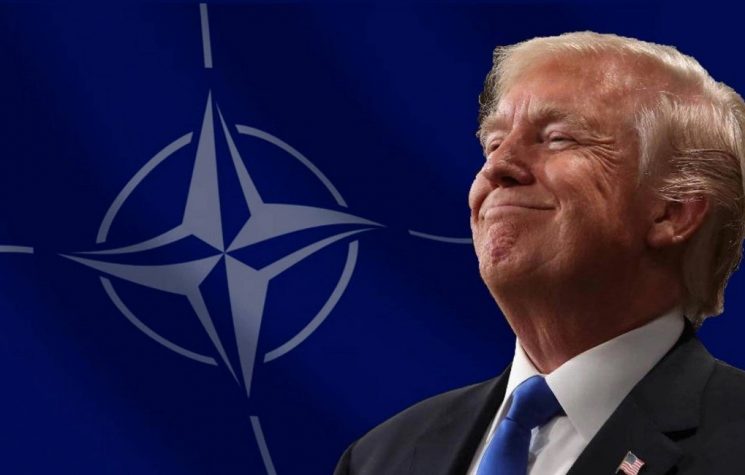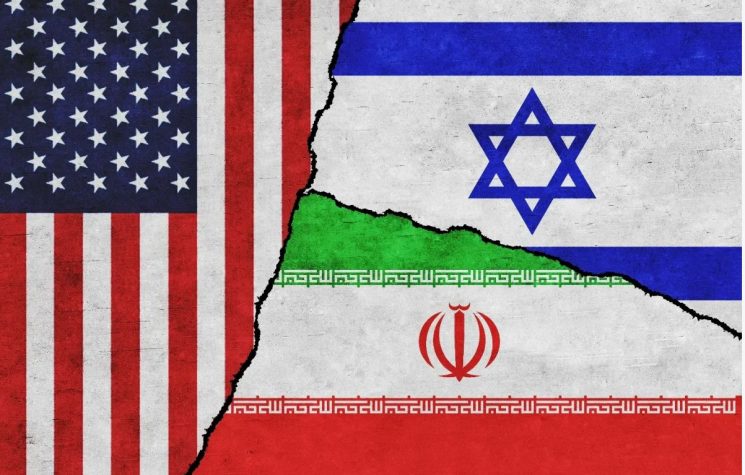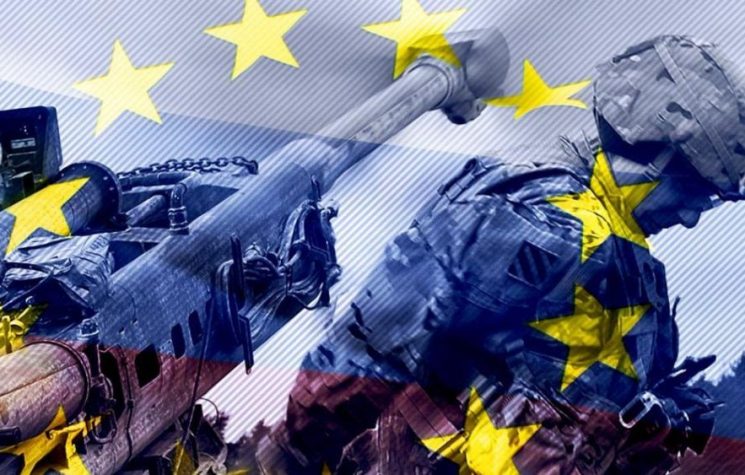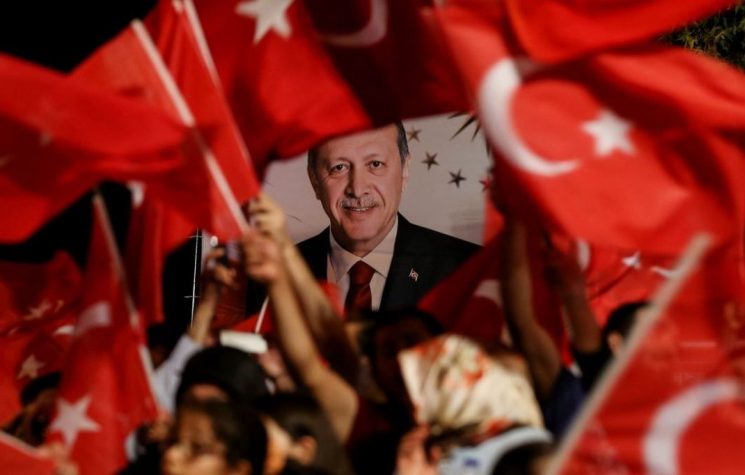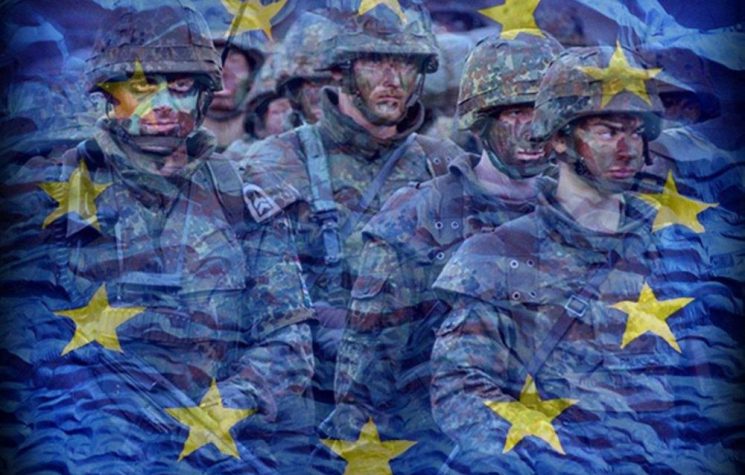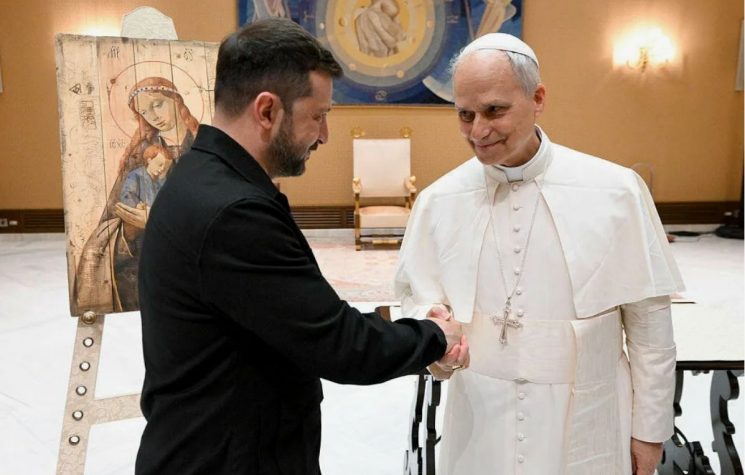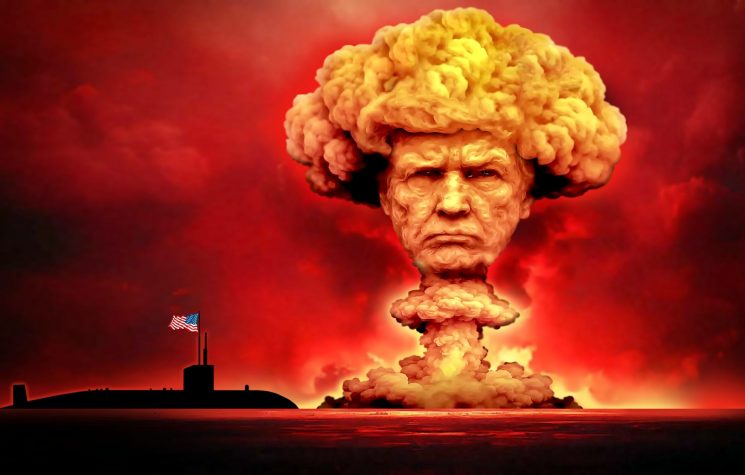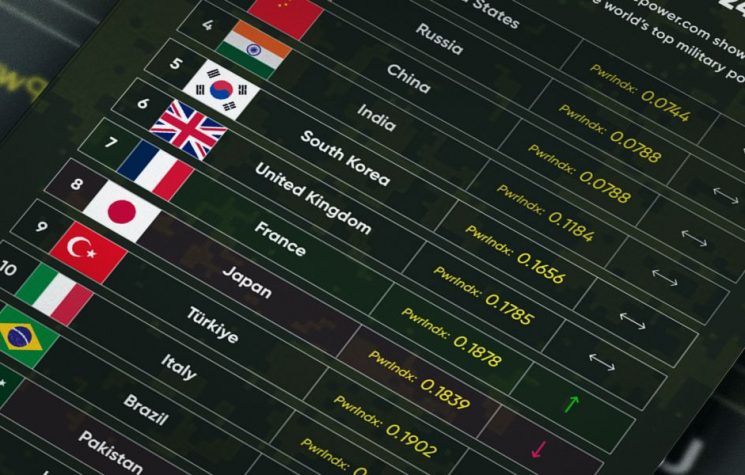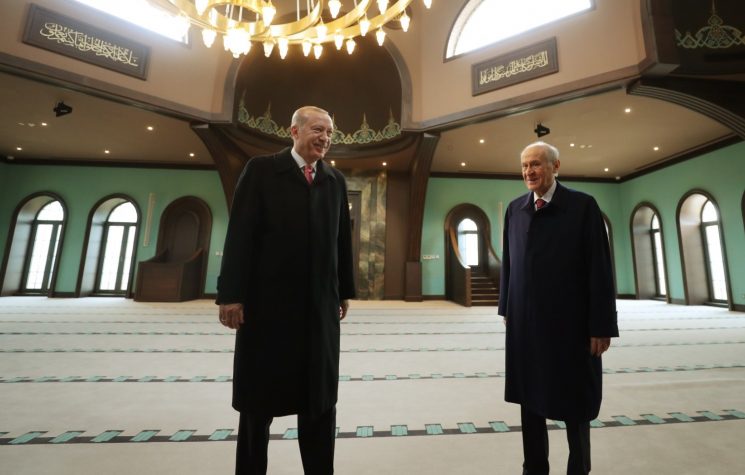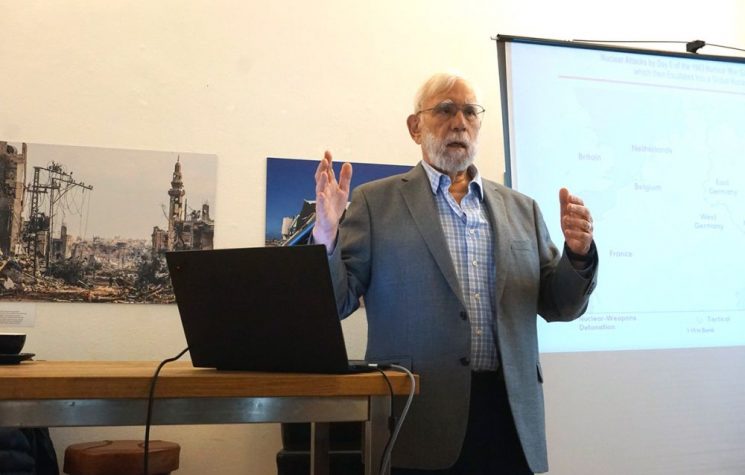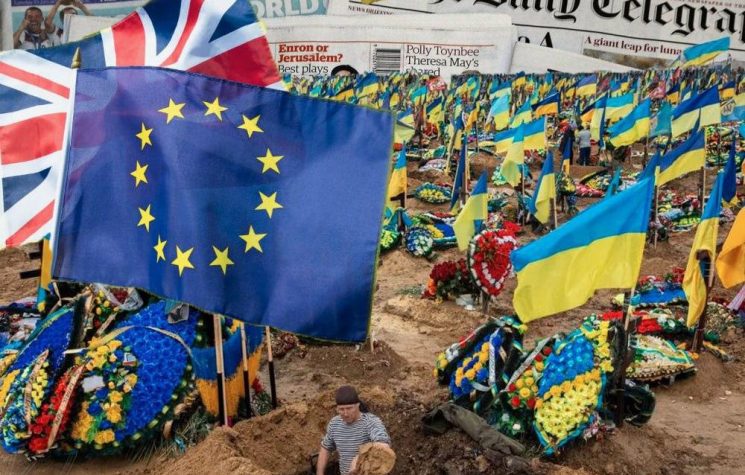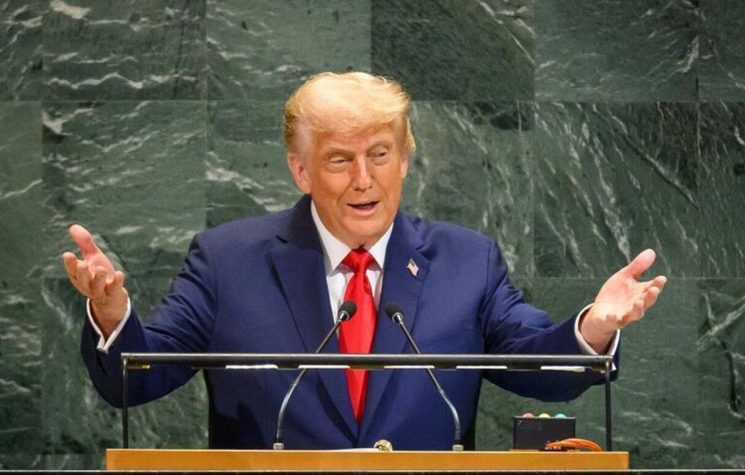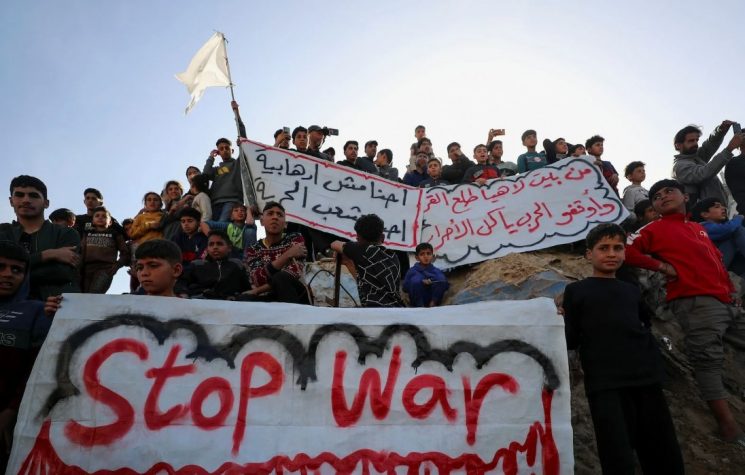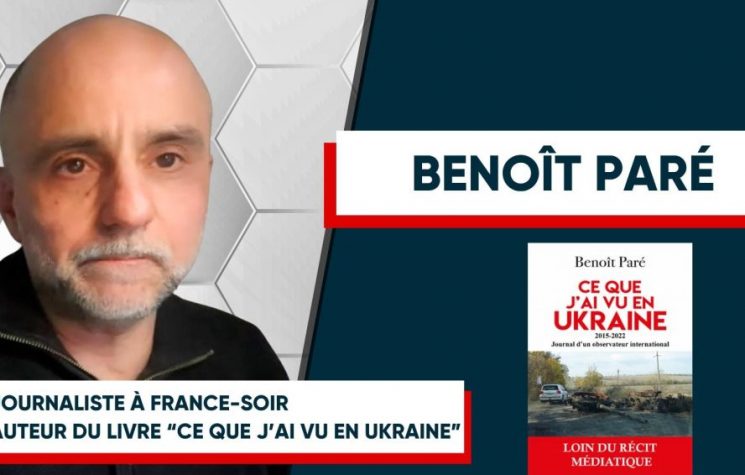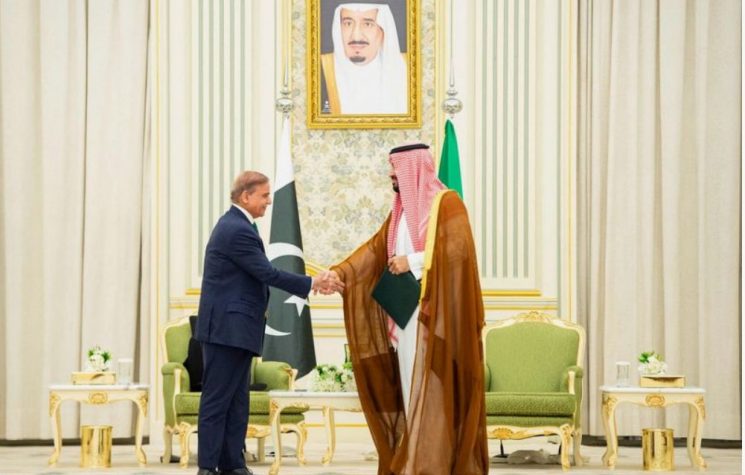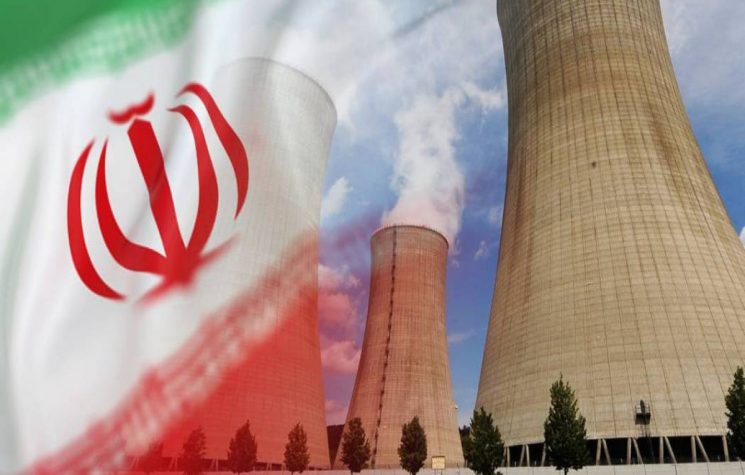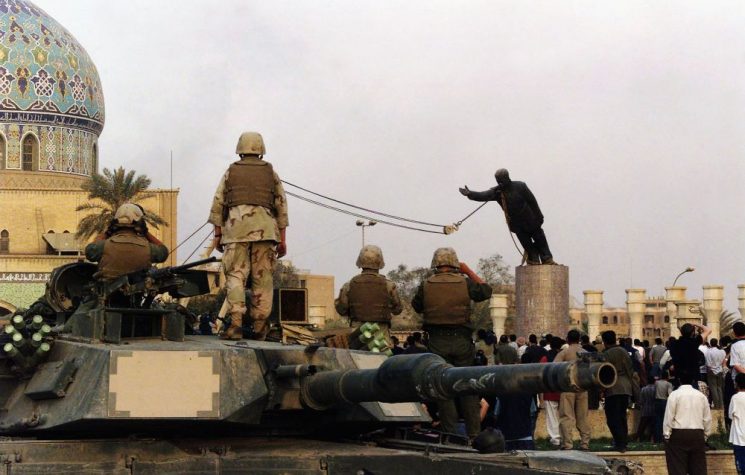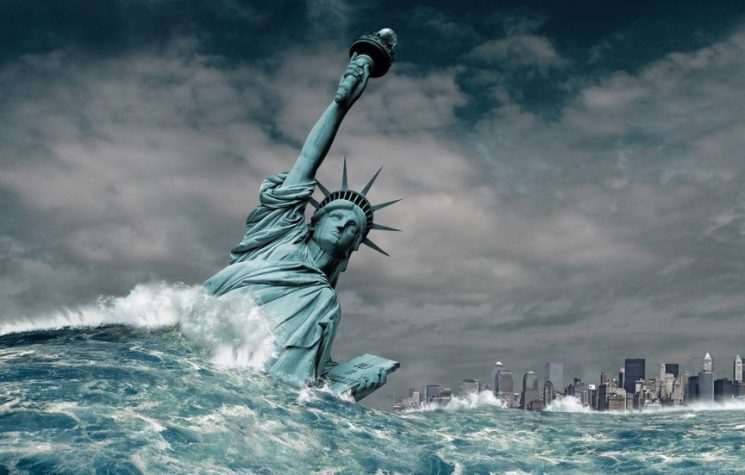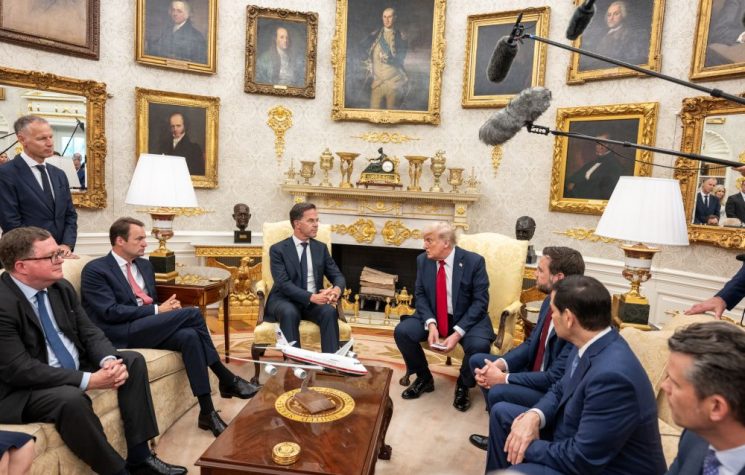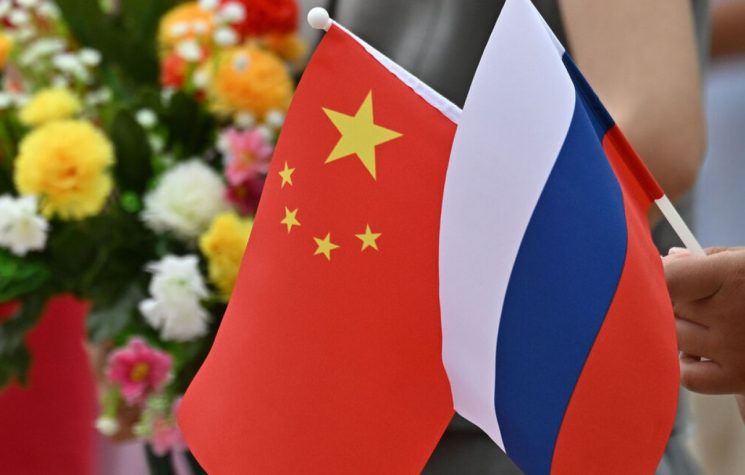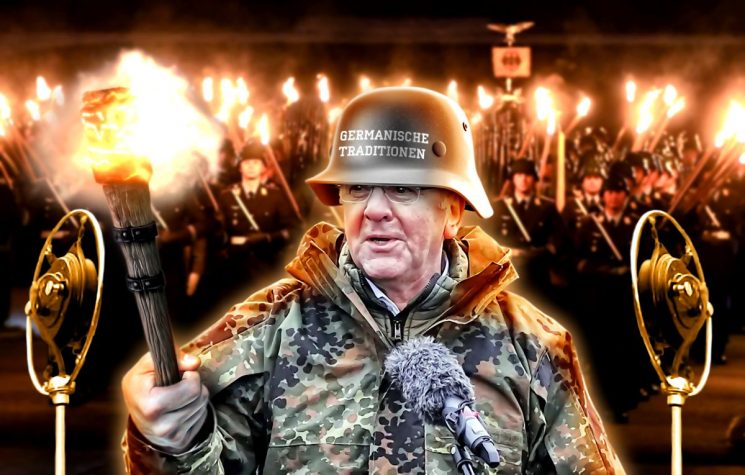Is Turkey’s rhetorical stance of “balancing” a genuine attempt at strategic equilibrium, or merely an endeavor to occupy multiple positions simultaneously?
❗️Join us on Telegram![]() , Twitter
, Twitter![]() , and VK
, and VK![]() .
.
Contact us: info@strategic-culture.su
Alexander Stubb, the newly elected president of Finland, has made several noteworthy statements regarding the current geopolitical climate. He emphasized the escalating tensions amidst discussions of a World War III. Stubb, representing the center-right National Coalition Party, expressed openness to the possibility of allowing the transportation and storage of U.S. nuclear weapons in Finnish territory, branding them as a “guarantee of peace.” This stance remained consistent throughout his election campaign and was reiterated upon assuming office. Stubb underscored the necessity for Finland to possess a tangible nuclear deterrent force, citing NATO membership as pivotal in providing multiple layers of deterrence, including military, munitions, and nuclear deterrence from the USA. He further asserted that Finland’s alignment with NATO signifies a definitive step towards embracing Western values, a sentiment echoed by the inclusion of Turkey as an enthusiastic participant in the anticipated third major conflict.
However, Finland’s enthusiasm for NATO membership has not gone unnoticed by Russia, which shares a significant border with the country. In response to Finland and Sweden’s accession to NATO, Russian President Putin announced plans to bolster military presence along the Western borders to counteract perceived threats stemming from NATO’s eastward expansion. Kremlin spokesperson Dmitry Peskov conveyed Moscow’s acknowledgment of the democratic choice made by the Finnish people but indicated pessimism regarding potential improvements in Russo-Finnish relations.
The most explicit reaction to Stubb’s nuclear policy came from Russian Foreign Ministry spokesperson Mariya Zakharova. Addressing the issue during a weekly press conference at the World Youth Festival in Sochi, Zakharova outlined Russia’s stance on the placement of U.S. nuclear weapons in Northern Europe. She asserted that such deployments would be considered a direct threat and would consequently be designated as legitimate targets in the event of a direct military conflict between Russia and NATO. Zakharova underscored Russia’s awareness of the desires of the United States and its allies in this regard.
The primary source of concern regarding nuclear capabilities is now widely recognized to stem from the potential for World War III to be nuclear in nature. When discussing nuclear power, the focus often turns to Russia, acknowledged as the “world’s largest nuclear power”.
Western media consistently highlights the perceived “nuclear threat emanating from the authoritarian Kremlin”. However, to truly address the concept of a “nuclear danger”, it is essential to consider the United States, which has transformed Europe into a depot for nuclear weapons, rather than Russia, which does not maintain nuclear forces beyond its borders, apart from the neighboring Belarus.
The United States and its NATO allies do not disclose precise figures regarding the stockpiles deployed in Europe. Nevertheless, estimates from the U.S.-based Center for Arms Control and Non-Proliferation in 2021 suggest that around 100 U.S. nuclear weapons are stored across six bases in five NATO member countries:
These weapons are kept in inactive states within underground vaults at national air bases. Notably, the “permissive action link” (PAL) codes required to activate these weapons are under American control. In the event of their use, the weapons would be loaded onto warplanes designated by NATO.
This situation is intricately tied to the “modernization” efforts undertaken by nations operating F-35A, F-18 Super Hornet, or Eurofighter Typhoon aircraft.
U.S. nuclear weapons have been stationed in Europe since the mid-1950s, authorized by President Dwight D. Eisenhower for storage at NATO bases on the continent as a deterrent against the Soviet Union.
Stored in warehouses across Belgium, Germany, Italy, the Netherlands, and other countries, these weapons are maintained for potential deployment when required. Additionally, countries such as Czechia, Denmark, Greece, Hungary, Norway, Poland, and Romania participate in SNOWCAT operations, facilitating NATO partner involvement in nuclear missions.
Meanwhile, Finland, under the leadership of Stubb, is positioning itself as a significant player in the ongoing ’nuclear preparedness’ measures originally aimed at countering the USSR and persisting in response to Russia.
This dynamic persists alongside ongoing military actions initiated by NATO against Russia. Notably, the commencement of Steadfast Defender-24, hailed as NATO’s largest military exercise since the Cold War, marks a significant development. This exercise aims to test the transfer of military forces to Eastern Europe and beyond, encompassing regions where Russia’s influence is perceived as encroaching.
This exercise constitutes a series of 15 maneuvers rather than a singular major military operation.
Steadfast Defender encompasses various other exercises conducted at national or regional levels, including Joint Warrior, Solid Approach, Arctic Dolphin, Northern Response, Immediate Response, Brilliant Jump, Movable Defender, Slovak Shield, Saber Strike, Trojan Trail-24, and Spring Storm.
Turkey actively participates in these exercises, with the Turkish Armed Forces (TSK) playing a pivotal role in Brilliant Jump, Nordic Response, Saber Strike, and Immediate Response exercises.
Turkey’s involvement extends beyond military participation; it also hosts one of NATO’s most crucial commands. The permanent headquarters of NATO Land Forces, known as Allied Land Command (LANDCOM), is situated in Izmir.
Decisions regarding NATO’s land maneuvers are made at the command post within the General Vecihi Akın Barracks in Buca, Izmir. Given its historical significance, Izmir, where the first shot was fired against invaders a century ago, could potentially be remembered as the site where the decision to initiate the first shot of a world-engulfing war was made if a new global conflict were to erupt on Russia’s borders.
This prompts consideration of Turkey’s rhetorical stance of “balancing”. Is it a genuine attempt at strategic equilibrium, or merely an endeavor to occupy multiple positions simultaneously?










